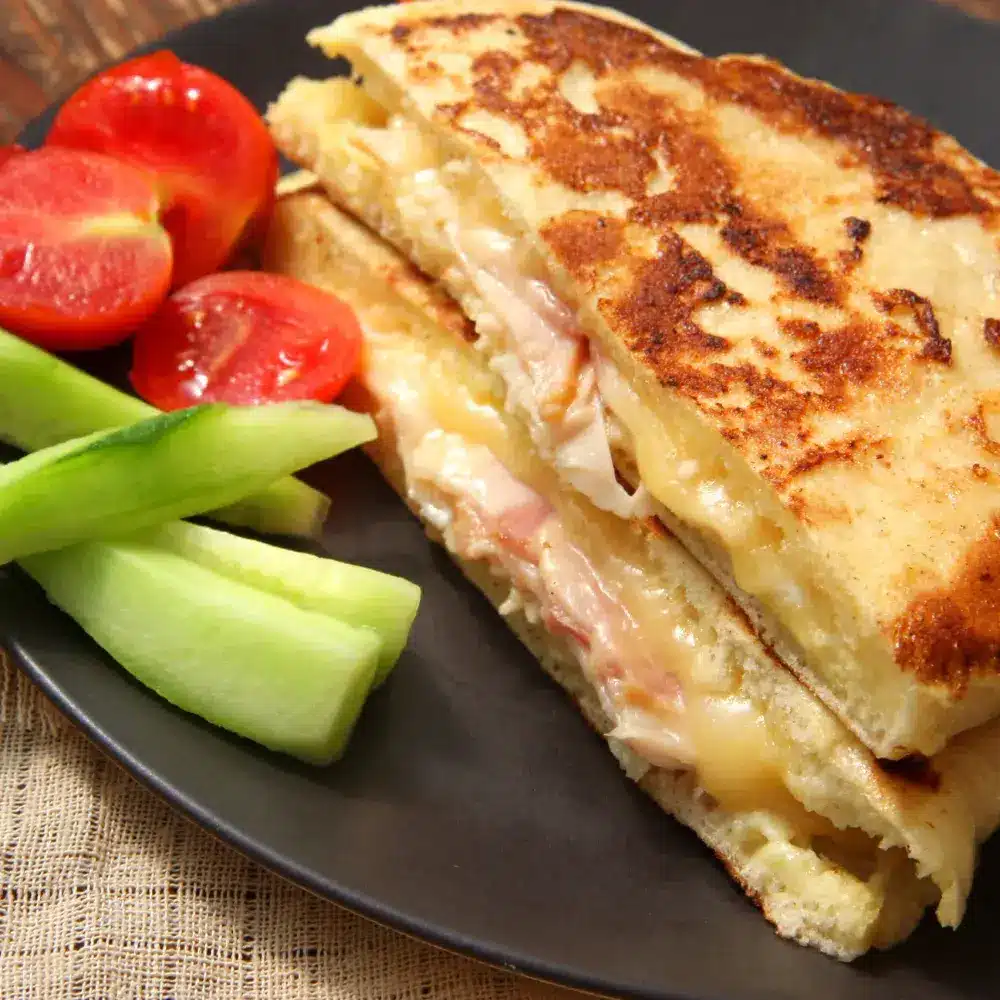Pita bread, a beloved staple in many cuisines, offers a versatile base for numerous dishes. Its unique pocket and soft texture make it ideal for sandwiches, wraps, and dips. While traditional pita bread remains popular, modern variations have emerged, catering to diverse culinary preferences. This exploration delves into the different types of pita bread, highlighting both classic and contemporary versions.
Traditional Pita Bread
The traditional pita bread, known for its round shape and pocket, has been a staple in Middle Eastern and Mediterranean diets for centuries. Made from simple ingredients like flour, water, yeast, and salt, this bread is baked at high temperatures to create its signature pocket. The pocket forms as the dough puffs up in the oven, resulting in a light and airy texture. This classic pita bread is perfect for stuffing with falafel, shawarma, or hummus, providing a convenient and delicious way to enjoy these traditional dishes.
In many cultures, traditional pita bread is baked in clay ovens, which impart a unique flavor and texture. The slightly charred, crispy exterior contrasts beautifully with the soft, chewy interior. This method of baking remains popular in many regions, preserving the authenticity and heritage of traditional pita bread.
Modern Variations of Pita Bread
As culinary trends evolve, so too does pita bread. Modern variations have introduced new ingredients and techniques, expanding the possibilities of this versatile bread. Whole wheat pita bread has gained popularity for its higher fiber content and nuttier flavor. This version retains the classic pocket but offers a more robust taste and improved nutritional profile.
Gluten-Free and Flavored Pita Bread
For those with dietary restrictions, gluten-free pita bread is a welcome innovation. Made with alternative flours like rice, almond, or chickpea flour, these pitas provide the same functionality as traditional versions without compromising on taste. Gluten-free pita bread caters to individuals with celiac disease or gluten sensitivities, ensuring everyone can enjoy this beloved bread.
Another exciting development is flavored pita bread. Infused with herbs, spices, or even vegetables, these pitas add a burst of flavor to any meal. Options like garlic, rosemary, and spinach pita bread offer a delicious twist, enhancing the overall dining experience. These variations are perfect for adding depth to sandwiches or serving as an appetizing side to soups and salads.
Exploring the different types of pita bread reveals a rich tapestry of tradition and innovation. From the time-honored methods of baking traditional pita bread to the creative adaptations of modern variations, each type offers unique characteristics and flavors. Whether you prefer the classic pocketed version or are eager to try whole wheat, gluten-free, or flavored options, pita bread continues to be a versatile and cherished component of diverse culinary traditions.
Learn More
Why Pita Bread is a Staple in Mediterranean Diets: A Deep Dive

